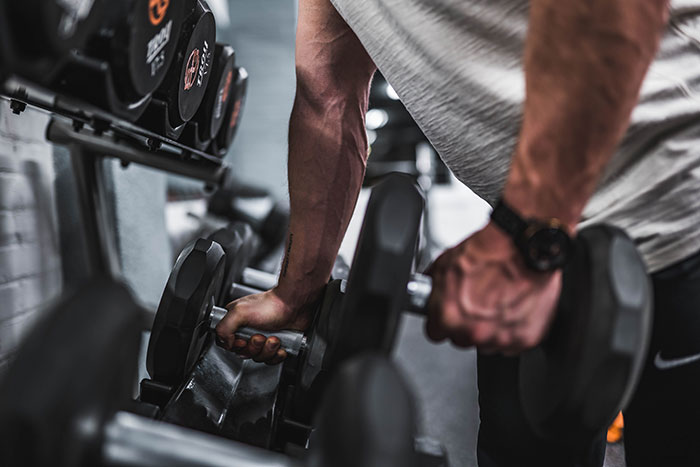Getting started with weights can be a significant effort for both the body and the mind. It can be a load for the muscles, joints, the heart, and the blood vessels. Because of this, it is necessary to prepare your body for these kinds of exercises and develop a proper plan of progression of training sessions. Anyone can become a beginner in weight training, no matter their age. You will need to adapt a training program depending on your age, and there are basic rules that help you to start exercising properly. Here are some great tips to start you off.

Questions That Beginners Ask Themselves
What exercises should I do? What weight do I work with? How many repetitions do I do per series? How many series? Is there some equipment that is used with weight lifting? All of these are valid questions. Beginners can often be overwhelmed by information presented to them from different sources. There are lots of sites that will show you a list of quality lifting straps. Also, lots of videos and blogs out there will tell you to try different things. Try to discover what suits you the most. Even professionals change their exercise routines, don’t expect to get it right the first time.
How Long and How Often?
Weight training should be performed 2 to 3 times a week and 20 to 30 minutes per training session in the beginning. You will soon make significant progress and will be able to observe great results over a period of 4 to 12 weeks. You will also see an increase in both muscle strength and mass. Doing your weight training for a period of 6 months leads to 40% or more increase in strength. Take breaks of at least a single day between two weight training sessions.
How Much Weight?
Weight training should start with a few light dumbbell exercises. You need to be able to perform 12 to 15 repetitions per batch, without stress. If you can’t do at least 12 reps per batch, the weight is greater than it should be. If, after the exercise, you do not feel muscle fatigue, the weight you are working with is less than it should be.
What Exercises to Choose?
When you are a beginner, you should focus on all the main muscle groups. Always try to do exercises for opposing muscle groups together (biceps/triceps, quadriceps/hindquarters, etc.). Exercises in which the arms are raised above the shoulders should be avoided in order to avoid injury to the shoulder girdle.
How to Do the Exercises?
When lifting the weights, try to start out slowly without effort, count up to four when lifting, and to four when lowering. Holding in a raised position at first should be avoided as this increases stress on the joints. Breathing should also be aligned with the exercise, as it is one of the most important aspects of any workout. When lifting, exhale, and when lowering, inhale.
Beginner Exercises for the Whole Body
Here are some of the most useful exercises that you can do as a beginner and they will activate your whole body.
Squats with Dumbbells
This is a great exercise to shape up your legs, bottom, and shoulders. Hold the dumbbells above your shoulders, and do a squat. After standing up, raise your arms as high as you can to activate your shoulder muscles.
Lunges
Another great option, lunges can easily be done with a couple of light dumbbells. Don’t overdo it with the weight right away, as this exercise can be very tiring for beginners.
Deadlifts
You will notice that many people do deadlifts with barbells and with a lot of weight. This doesn’t have to be the case. Deadlifts are very effective even if you do them with lighter weight dumbbells. It is an exercise that activates your whole body, especially the legs and back.
